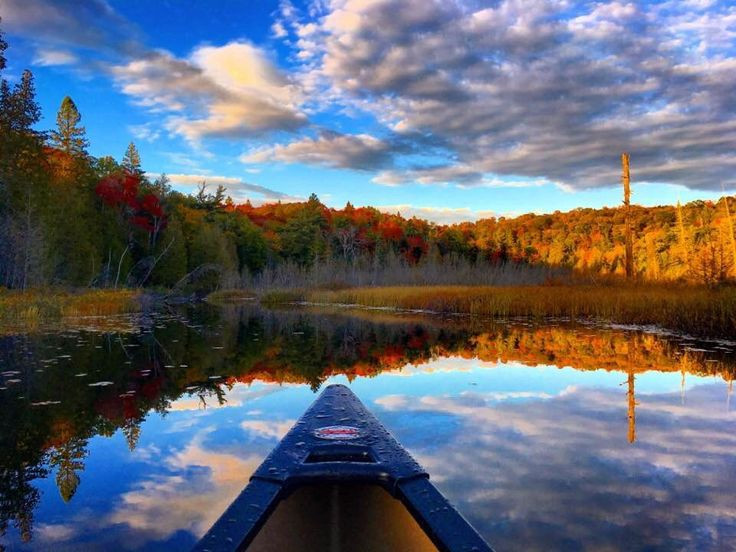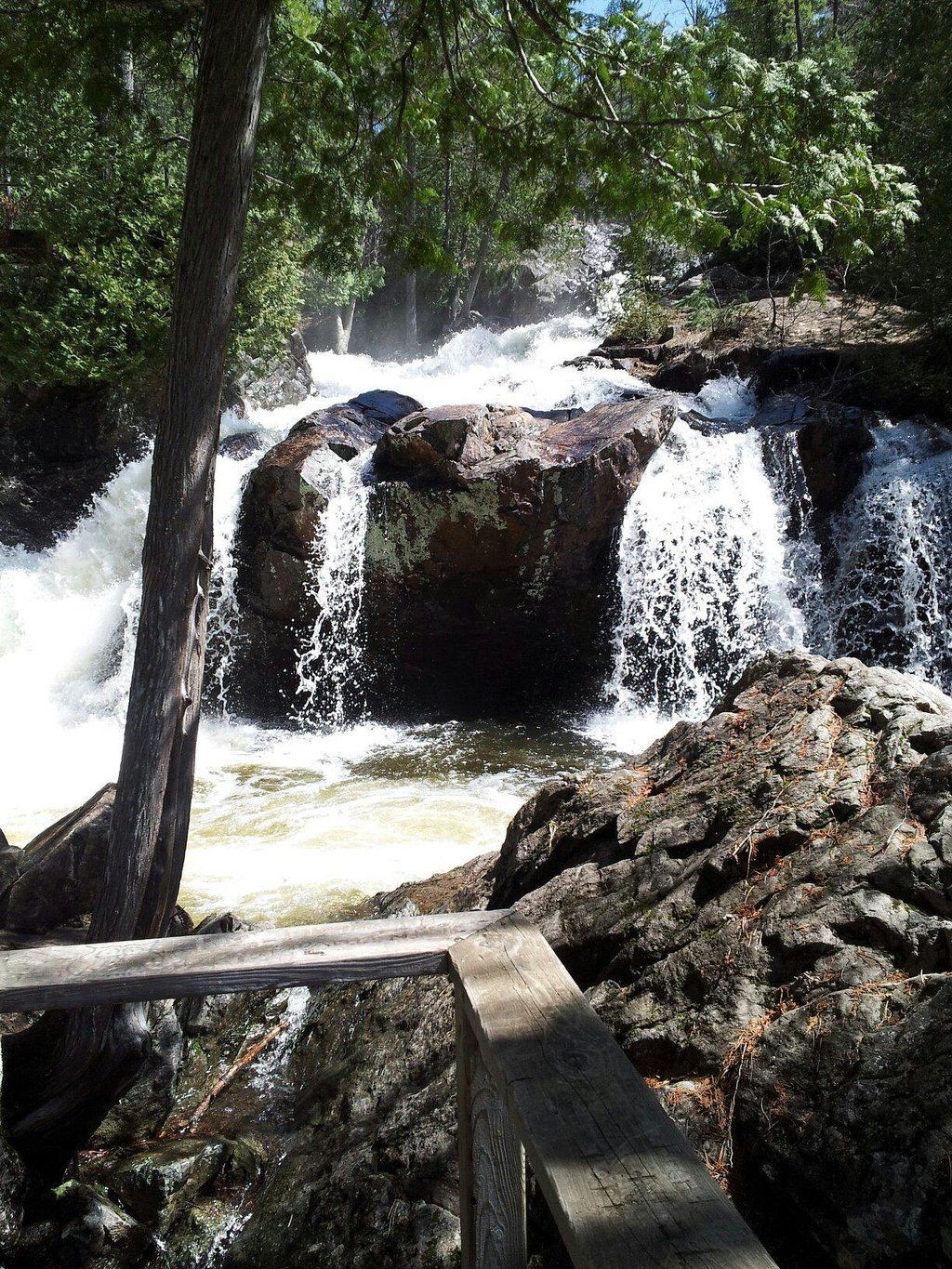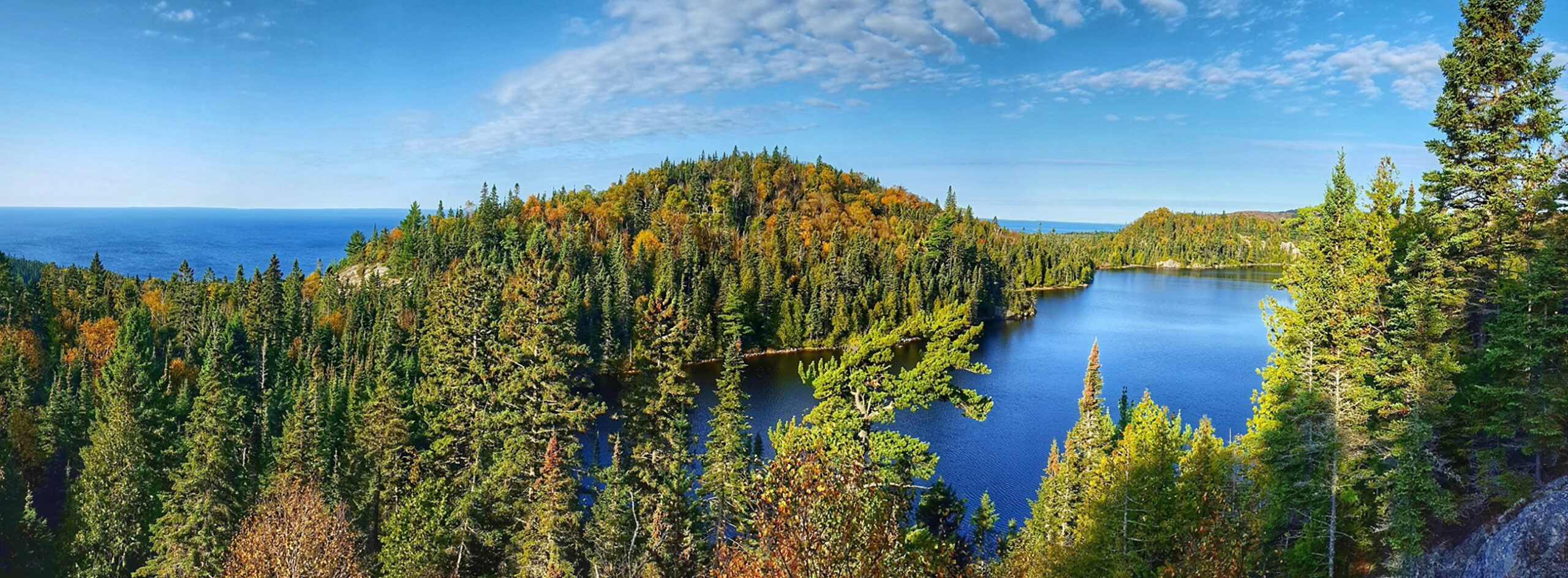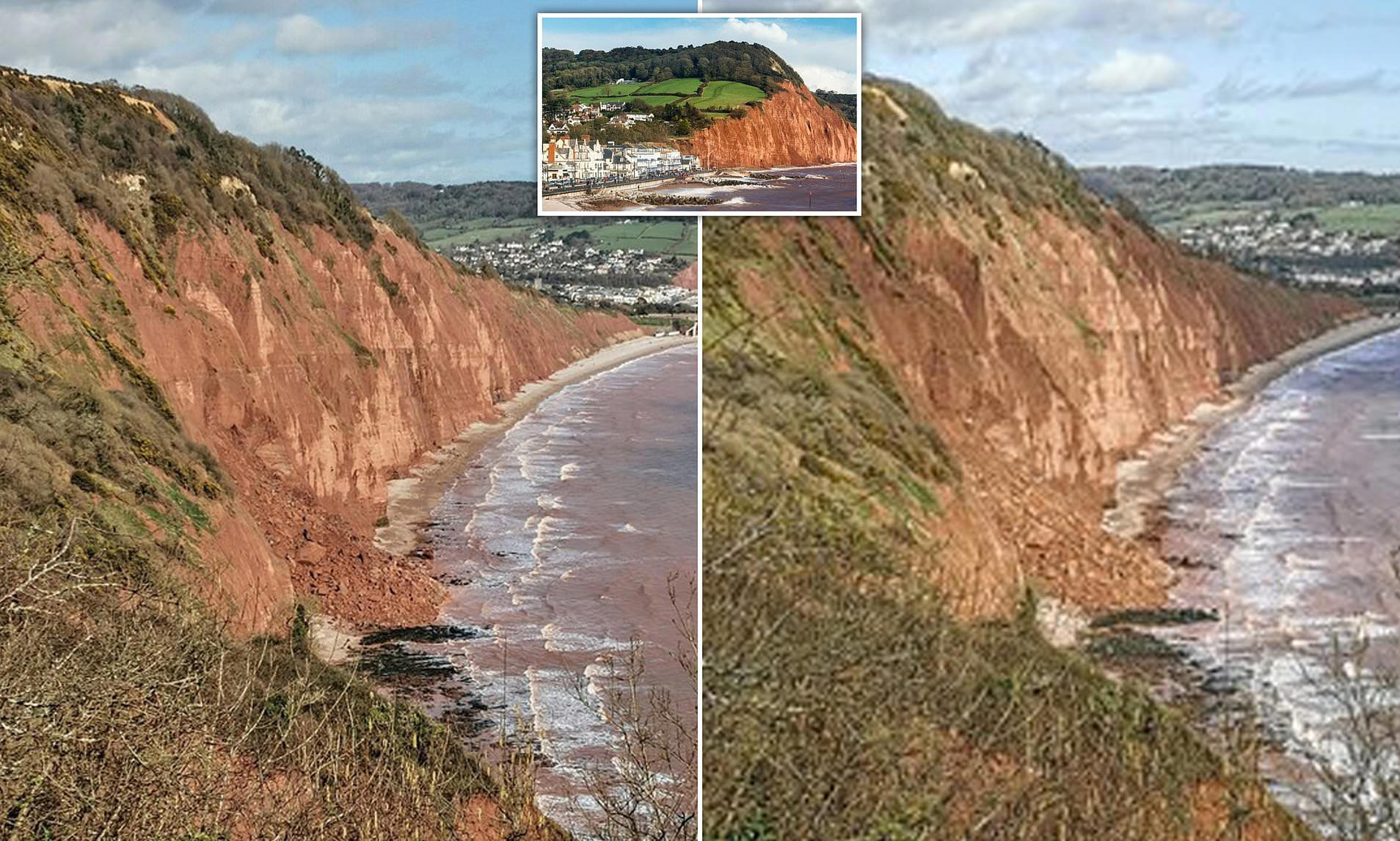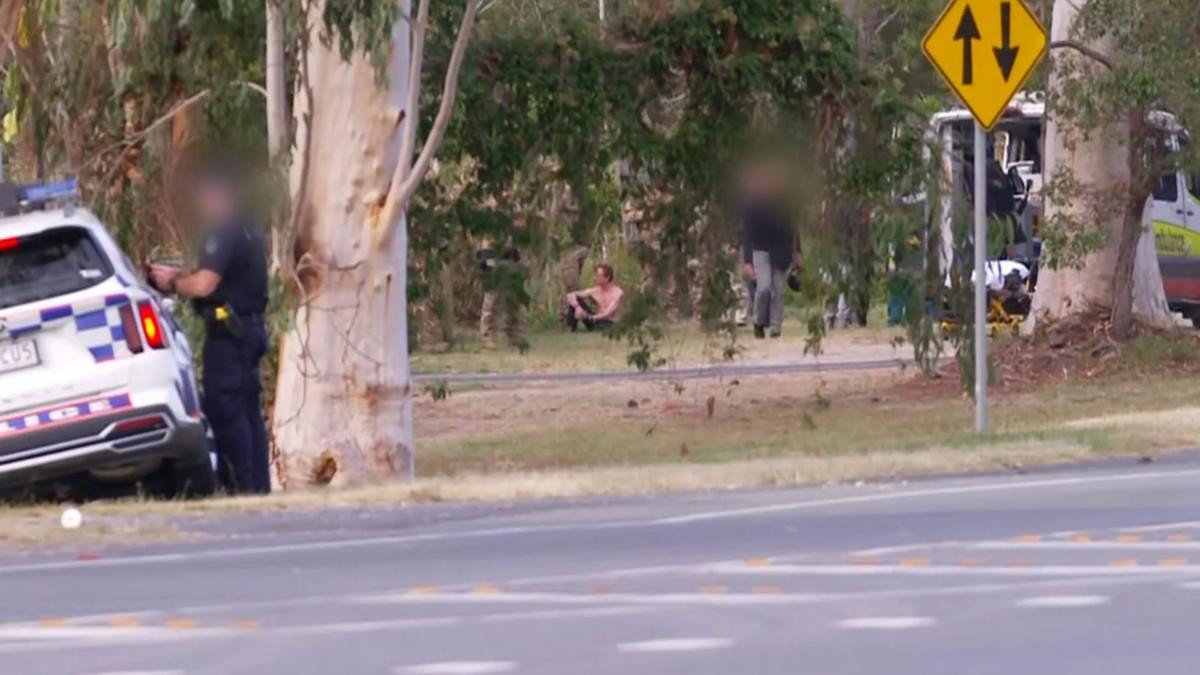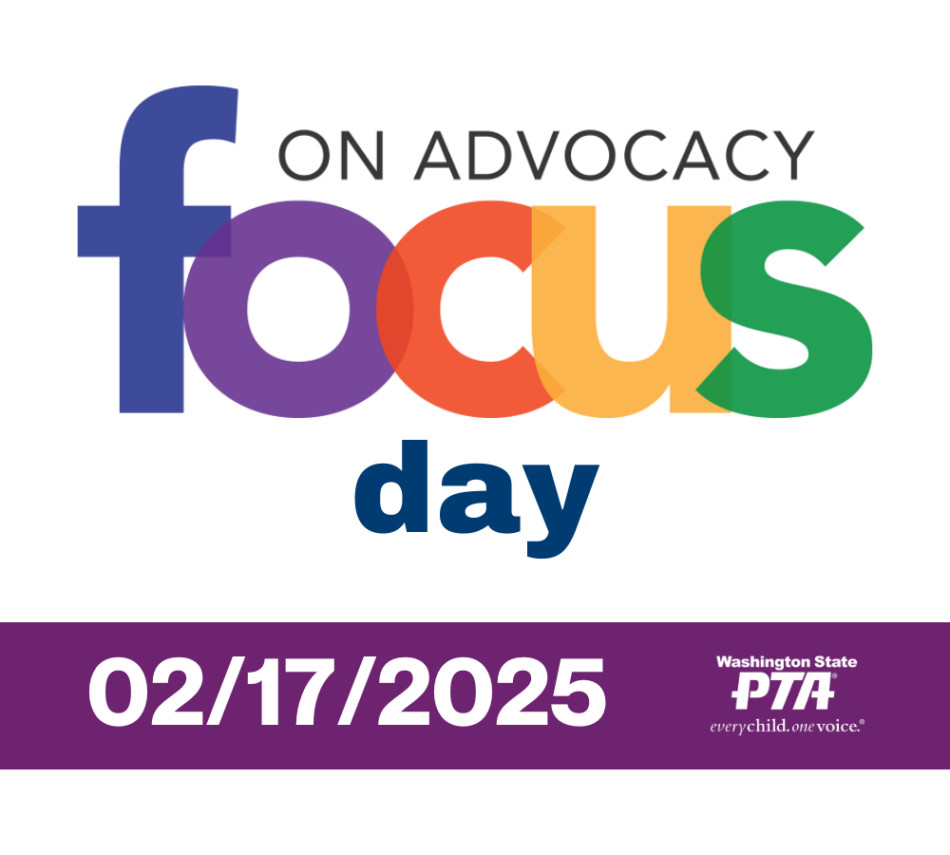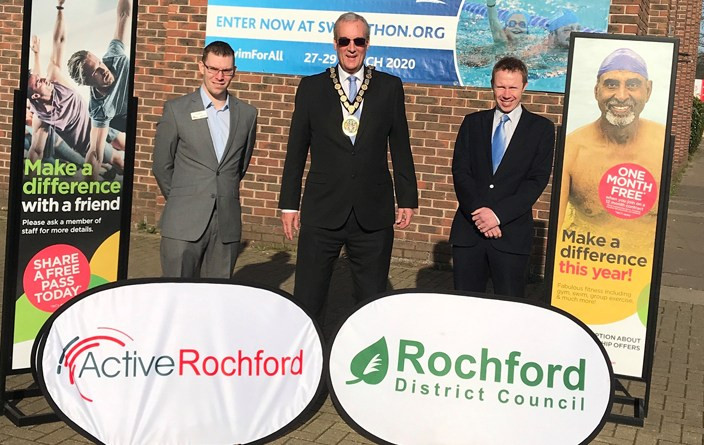Sault Ste. Marie City Council has unanimously voted to express its preference for Route 3C for a new Hydro One transmission line. This route, proposed by Ward 5 Coun. Matthew Scott, would avoid slicing through Hiawatha Highlands, a cherished natural area in the city.
The proposed line, formerly known as the Mississagi to Third Line, is a double-circuit 230-kilovolt transmission line between Mississagi Transformer Station, located west of Wharncliffe, and Third Line Transformer Station, located in Sault Ste. Marie. The project aims to reinforce transmission lines to ensure reliable electricity supply, particularly for the growing energy needs in the north.
Ward 3 Coun. Angela Caputo echoed Scott's sentiment, emphasizing the city's investment of $2.5 million in Hiawatha. “For that to be torn up would be absolutely a travesty,” she stated. Both councillors stressed the importance of preserving the area's natural beauty and its value for tourism and recreation. The parkland area supports activities such as walking, hiking, biking, and cross-country skiing, attracting both residents and visitors.
While the council’s decision reflects its preference, Mayor Shoemaker clarified that Hydro One still needs to consult with First Nations communities. “Tonight’s decision will be communicated immediately to Hydro One,” he said.
The city’s preference for Route 3C has the support of various local groups, including the Saulteaux Voyageur Trail Club and the Sault Cycling Club. Both organizations have raised concerns about the potential impact of the transmission line on area trails and have encouraged their members to attend Hydro One’s open houses to voice their support for preserving Hiawatha.
The issue highlights the complex interplay between economic development, environmental protection, and community values. While the transmission line is crucial for meeting Algoma Steel's growing power needs and supporting broader economic growth, there is a strong desire to protect the natural beauty of Hiawatha. The final decision on the route will ultimately be made by Hydro One, taking into account a variety of factors, including environmental impact, cost, and community feedback.
Community Engagement for a Balanced Solution
Hydro One has committed to engaging with Indigenous communities, residents, businesses, and other stakeholders to gather feedback on the project. They have offered proximate First Nations a 50 per cent equity stake in the transmission line component of the project as part of their reconciliation efforts.
The company will hold three in-person open houses to provide information and gather feedback from the community:
- Tuesday, Sept. 17, from 2 to 7 p.m. at Fairfield Inn and Suites, Sault Ste. Marie
- Wednesday, Sept. 18, from 4 to 7 p.m. at the Searchmont Community Centre
- Thursday, Sept. 19, from 4 to 7 p.m. at Echo Bay Elks Lodge
Hydro One emphasizes the importance of collaboration and feedback in ensuring the project’s success. “Once built, the North Shore Link transmission line project will strengthen the region’s power infrastructure,” said Sonny Karunakaran, vice-president of strategic projects and partnerships at Hydro One. “By working with communities to gain insights and listen to feedback, we ensure that the new line will also foster long-term growth and sustainability for communities in the region.”
A Balancing Act: Power and Preservation
The decision on the transmission line route presents a classic catch-22. While the additional power is essential for economic growth and the future of Algoma Steel, it also raises concerns about the impact on a beloved natural area.
The preferred Route 3C may be longer than the other options, potentially leading to higher construction costs. However, the city’s strong preference for this option reflects the community’s deep commitment to preserving Hiawatha for future generations. The open houses will provide a valuable opportunity for residents to share their perspectives and influence the final decision.
Ultimately, finding a balanced solution that meets the energy needs of the region while safeguarding the environmental and recreational values of Hiawatha will require continued collaboration between Hydro One, community stakeholders, and First Nations. Only through open dialogue and a commitment to finding common ground can the city achieve a solution that benefits all.




